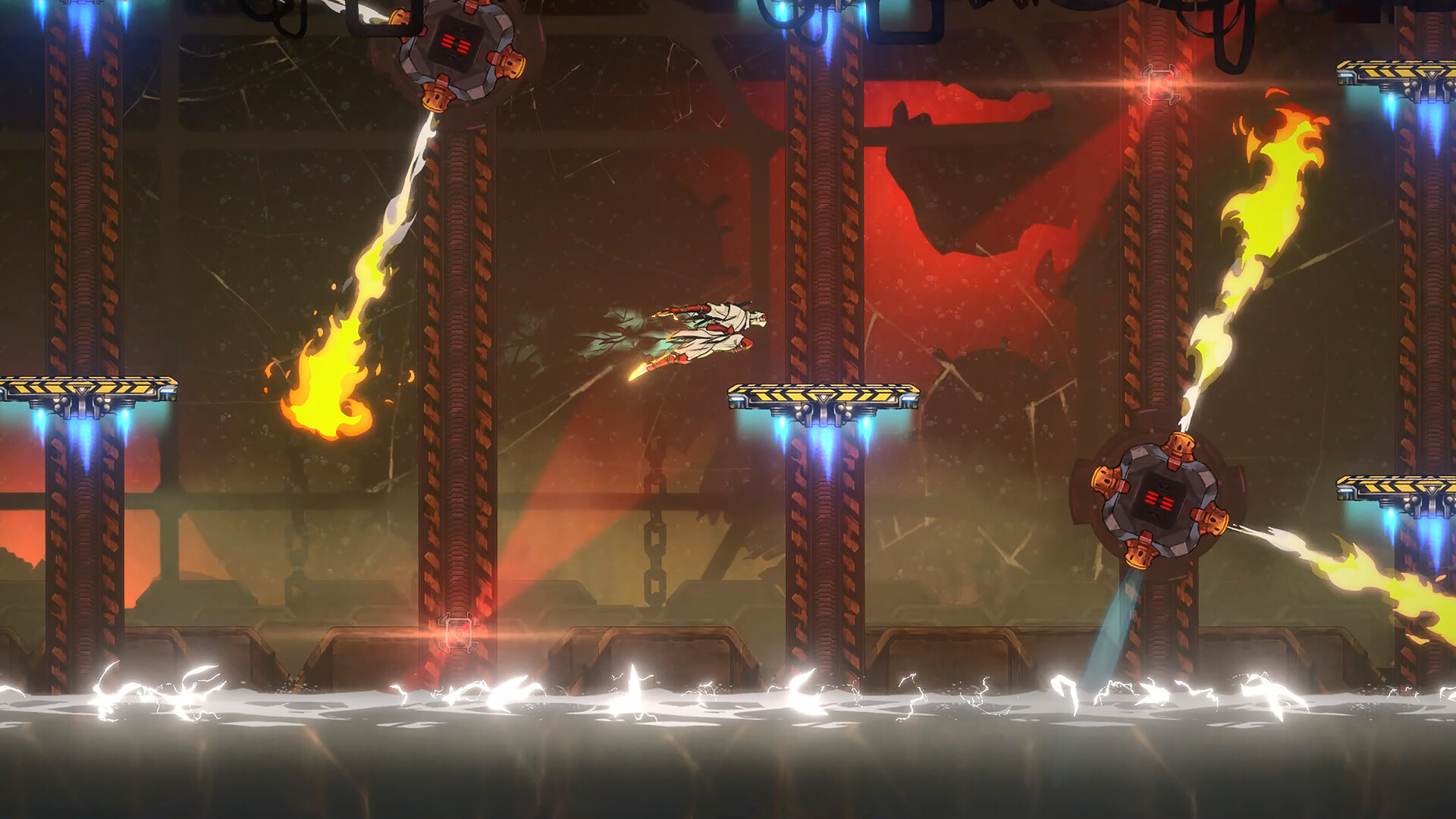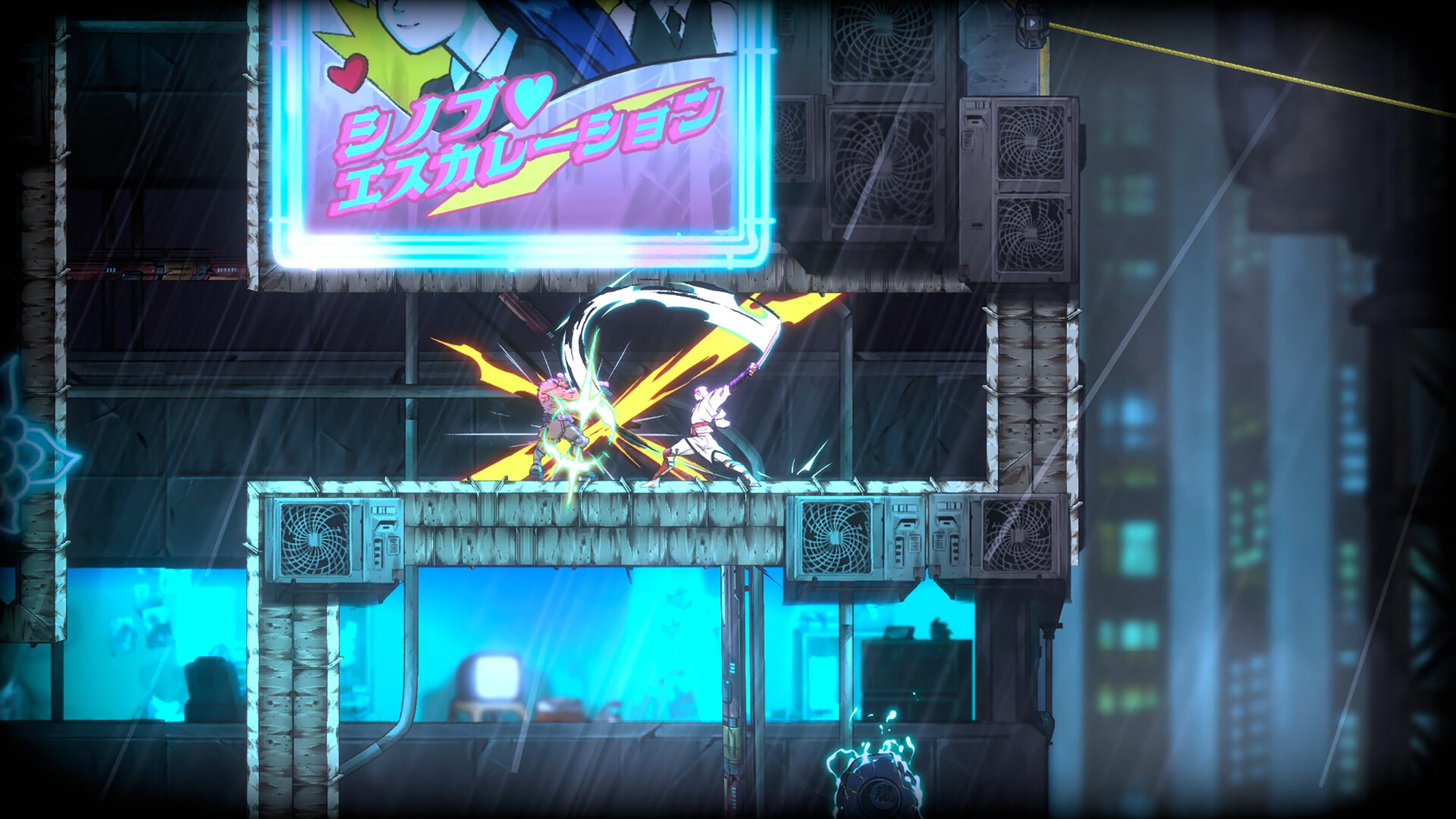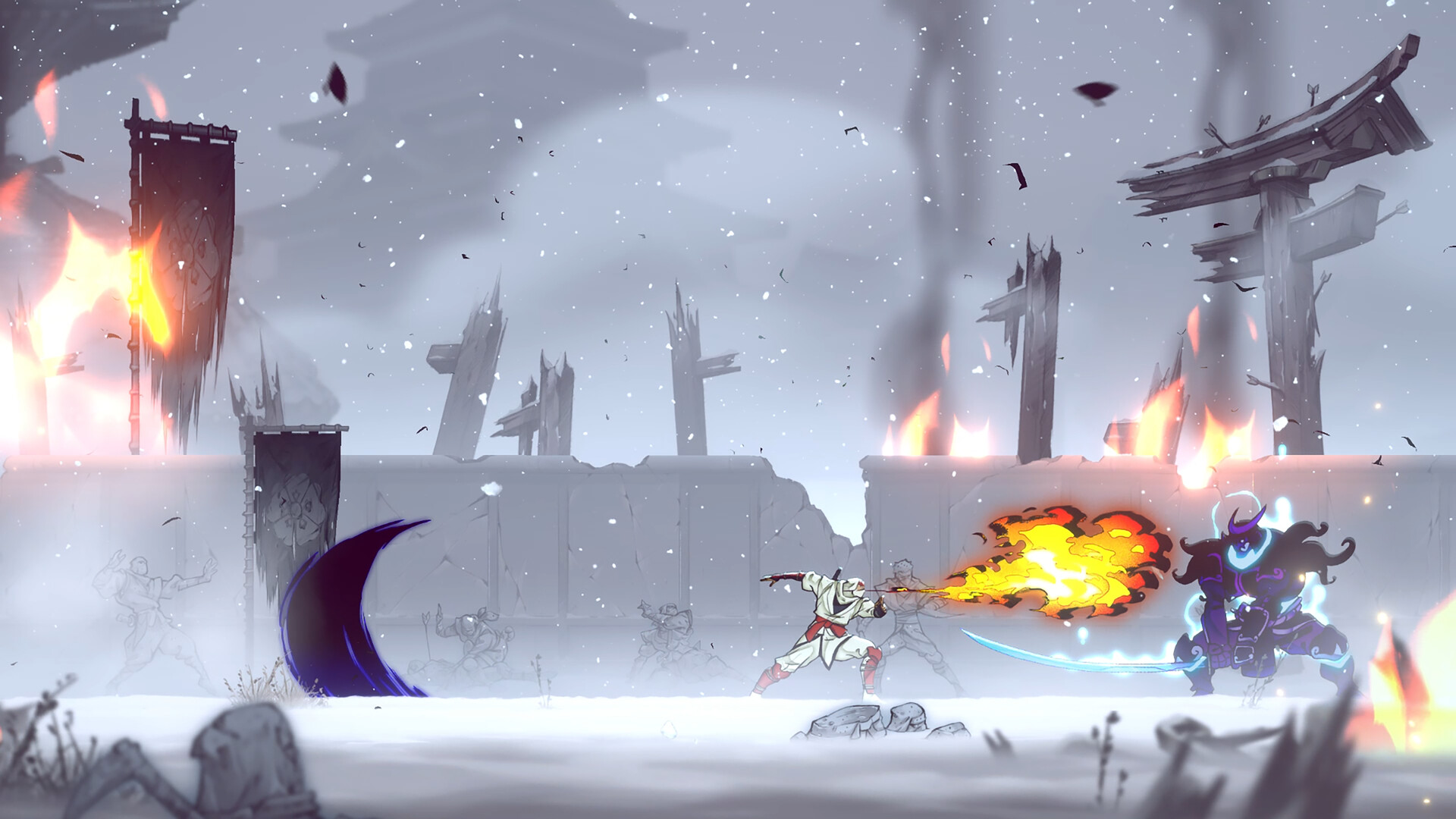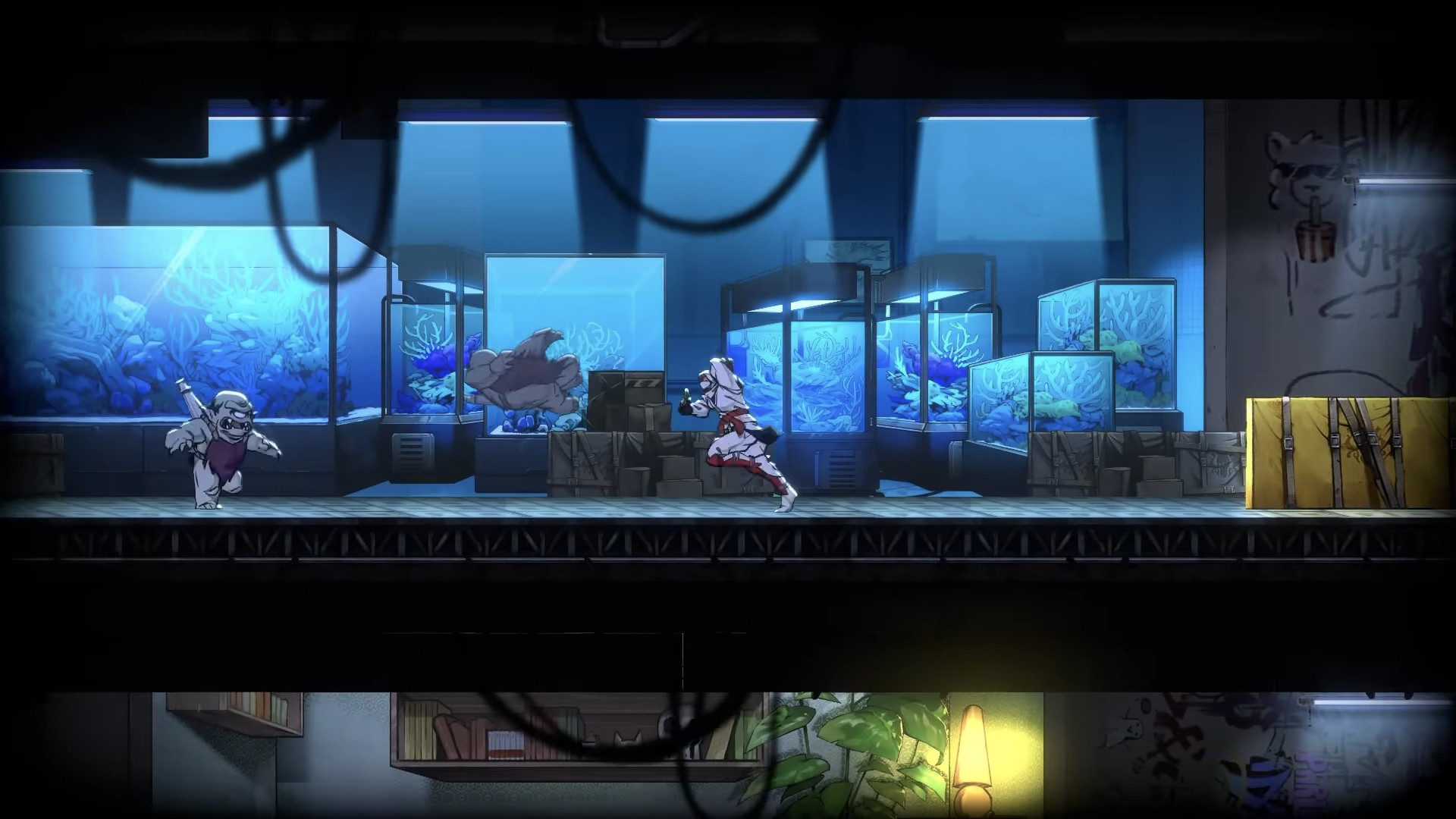Shinobi: Art of Vengeance – 15 Things You Need to Know Before Buying
Between Ninja Gaiden 2 Black and Ragebound, and the upcoming Ninja Gaiden 4, the Year of the Ninja continues in full force. Not to be outdone, Shinobi has its own ninja way for fans to embark on later this month with Art of Vengeance. Joe Musashi returns as the protagonist, going up against the overwhelming ENE Corp led by Ruse to save the world.
As one of many revived IPs, Shinobi: Art of Vengeance launches on August 29th for Xbox Series X/S, Xbox One, PS4, PS5, PC, and Nintendo Switch. A free demo is currently available on all platforms, and it’s a pretty solid quick look (though save data doesn’t transfer to the full release). Let’s dive into everything you should know about Joe Musashi’s latest adventure.
First New Title in the Franchise Since 2011
[embedded content]
To say that a new Shinobi title is a long time coming would be an understatement. The last major title in the franchise was Shinobi 3D in 2011 for the Nintendo 3DS (and you would have to go as far back as 2002 for the last console title). Unlike both of them, Art of Vengeance is a true throwback to the classics, courtesy of its art style.
New Hand-Drawn Art Style
A sleek hand-drawn look awaits, but that description doesn’t quite do it justice. The backgrounds are detailed and full of life; the character animations are fluid; and the color palette is simply incredible, especially during Shinobi Executions and Ninjutsu, the latter unfolding in fully animated splash screens. It’s a feast for the eyes, though visual clarity remains robust throughout.
Developed With LizardCube
Of course, there’s a pretty good explanation for Art of Vengeance’s art style and overall vibe. Along with Sega, LizardCube is handling development. They’re responsible for the acclaimed Wonder Boy: The Dragon’s Trap but even more so for Streets of Rage 4, which also served to breathe new life into the franchise. Suffice it to say that it’s an incredible choice for modernizing Shinobi while retaining its old-school charm.
Side-Scrolling Action Platformer
And that’s probably the best way to describe Art of Vengeance: Old-school cool with a gorgeous new coat of paint. Much like Ninja Gaiden: Ragebound, it retains the core side-scrolling action platformer gameplay, whether you’re battling enemies or navigating treacherous environments. Much like Shinobi’s revival, there are some unique twists and new mechanics to master, which we’ll get into.
Over a Dozen Stages
The action kicks off in Oboro Village, which faces a sudden attack from Ruse and the ENE Corp, but it only picks up from there. Out of the dozen-plus stages revealed thus far, we’ve seen sleek metropolitan areas, a moving train, industrial bases, and much more. Each has its share of secrets, side content, and bonus stages to explore if you take the time, but there’s plenty of room for speed-running.
Combat and Combos
The combat is very robust in Art of Vengeance, as Joe can unleash light and heavy attacks that chain together into combos. Light attacks are great for disposing of smaller enemies, but heavy attacks deal more damage and can launch them into the air for more hits. He can also attack in mid-air, whether it’s a simple slash or diving onto enemies with a kick, and unleash kunai from a distance. The combo count increases over time, which can provide some useful buffs depending on your equipment.
Unlocking New Moves and Combos
Musashi will team up with some unlikely allies against ENE Corp and gain access to shops with new moves (purchasable with gold collected throughout the stages). Each move weaves into your combos differently, whether it’s a powerful finishing blow, a running knee out of a dash that deals bonus damage to armor, and so on. You can unlock some pretty cool options, including a mid-air heavy attack that unleashes a wave of energy.
Shinobi Execution
You’ll want to use kunai and heavy attacks often on enemies, since this opens them up to Shinobi Executions, where Musashi rushes forward and finishes them off. This unleashes a burst of gold and health, alongside the benefit of instantly teleporting to a target. More executions equal a higher rank, so it’s always encouraged to set up enemies for the same.
Ninpo and Ninjutsu
Ninpo are special attacks that can range from blasting fire into an enemy’s face to tossing a massive shuriken. You can equip four at a time, and there are some pretty killer options, including a Water Slash that seemingly functions as a parry and a massive serpent for a two-hit attack. Then there are the Ninjutsu – screen-wide attacks that become available after collecting Rage orbs or taking enough damage, and unleash a devastating amount of elemental damage.
Ningi Tools
Musashi possesses extensive mobility, whether it’s dashing on the ground and in mid-air, flipping over crates (and after attacks to continue combos), or using his ninja claws to climb and hang on yellow walls and ceilings. Additional tools are unlocked over time, including the grappling Ninja Hook and the Ninja Glider, providing even more options for exploration and discovering secrets.
Secrets, Elite Squads, and Rifts
Side content abounds in each stage, including Elite Squads and Rifts. Some additional platforming is required to reach them, and the Elite Squads will throw waves of challenging enemies. Clearing them provides some pretty useful rewards, however, so it’s encouraged to take a detour in stages whenever possible.
Amulets
Amulets are pieces of equipment which can be swapped as required and provide numerous benefits. You can equip two at a time – one passive, the other active. The former offers benefits such as improved healing, while the latter can increase your overall damage output at specific combo thresholds. But beware – taking any damage will cause the combo counter to reset, thus removing that benefit.
Difficulty Options
Before starting, there are three difficulties to choose from: Shinobi, the “default†difficulty; Apprentice, which slightly reduces enemy health and drastically dials down environmental damage; and Novice, where everything is dialled down, even the amount of combo hits needed to activate an Amulet’s effects. Of course, there’s also a Custom difficulty to adjust these parameters freely, whether it’s reducing enemy health while keeping their lethality or choosing to respawn at the closest location when it’s Game Over (which doesn’t apply to bonus stages). Unfortunately, it isn’t possible to increase any of the difficulty parameters beyond the current default setting.
Arcade Mode
Upon completing a stage, you can replay a stage in Arcade Mode, which challenges you to finish it as quickly as possible. You can increase the end score by taking on different objectives, including completing the stage without taking damage. It’s perfect for speed-runners and those who want to test their mastery of a stage.
PC Requirements
As you’d probably expect, the PC requirements for Shinobi: Art of Vengeance are fairly low. At the minimum, you’ll need a staggering Intel Core 2 Quad Q9400 or an AMD Phenom 2 X3 720, 6 GB of RAM and either an Nvidia GeForce GT 730 2 GB, an AMD Radeon R7 240 2 GB or an Intel Arc A310 LP 4 GB for 1080p/30 FPS gameplay. For playing at 1080p/60 FPS, a Core i5-2300 or AMD FX-4350, 8 GB of RAM, and a GeForce GTX 650 Ti 2 GB, a Radeon HD 7770 1 GB, or an Intel Arc A310 LP 4 GB are required. Across all configurations, you’ll need 20 GB of installation space.






Comments are closed.